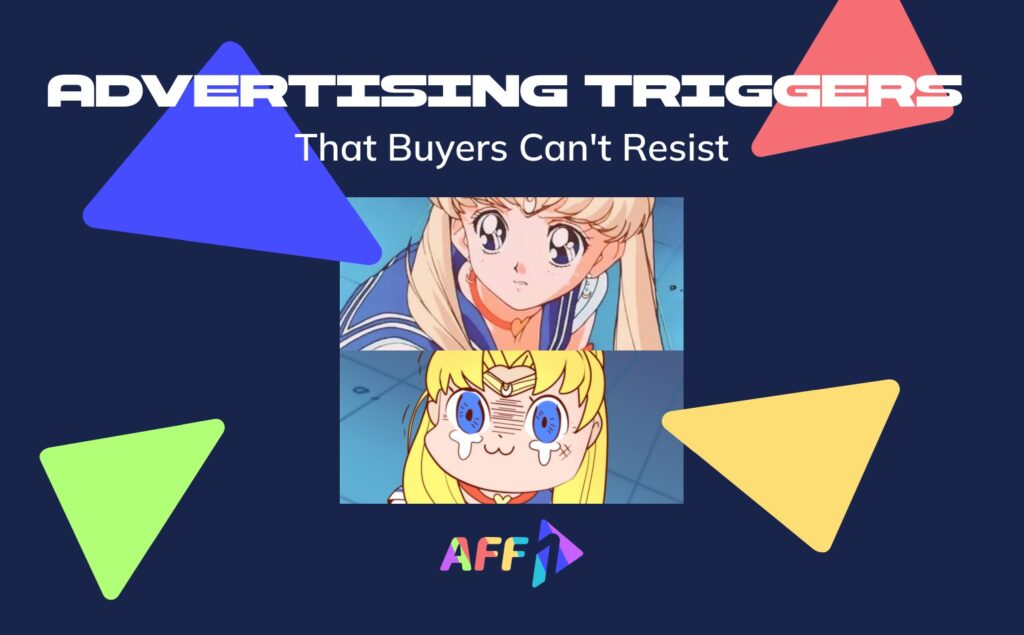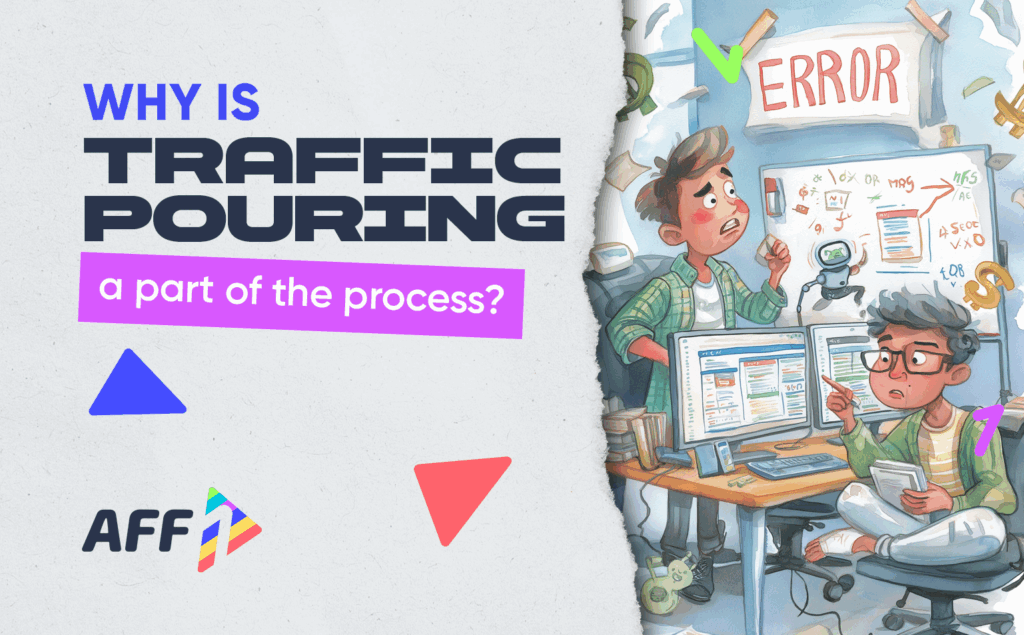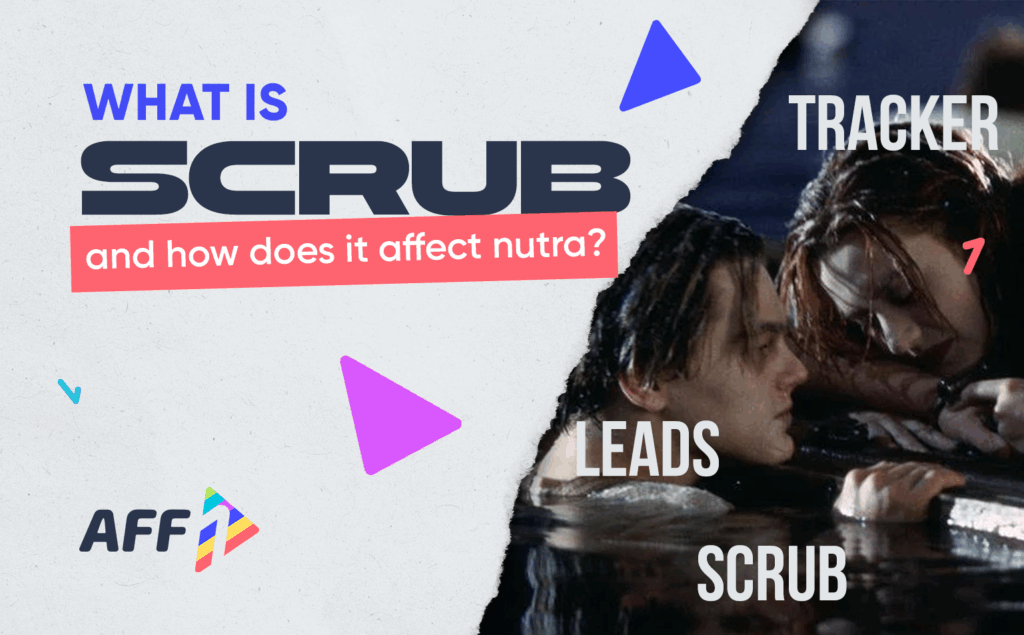Ever wonder why some affiliate marketing campaigns explode with conversions while others don’t? The secret may lie in using triggers. These subtle psychological motivators, woven into ads, can significantly boost clicks and sales. In this guide, the Aff1.com team explores our favorite triggers, tailored for affiliate marketing.
Why do triggers work in affiliate marketing?
Psychological triggers operate through associations formed from life experiences, memories, beliefs, and values. Upon encountering a trigger, our brain activates regions linked to emotion, attention, memory, and motivation. As a result, we experience strong feelings that can influence our decisions and behavior.
How to use triggers in affiliate marketing?
In advertising, psychological triggers attract potential buyers’ attention and spark interest, desire, or purchase need.
Here are the most powerful triggers you can include in your ad campaign right now:
Fear
People are afraid of many things: fear of loneliness, fear of getting sick or losing a loved one, fear of failure, uncertainty, etc. Knowing the target audience of the offer, you can put pressure on their fears.
Greed
People love to get something for nothing. They love discounts, bonuses and great deals. They feel that they have power over the business and can regulate its income. For example, taxi applications often provide discounts on trips to everyone who installs it for the first time.
Confidence
Yes, getting someone to trust you is a difficult task. To do this, you need to clearly describe how you benefited. For example, the needs of how many clients you have already successfully met. Or show the opinion of a respected expert.
Intrigue
Curiosity is a powerful motivator. By sparking a user’s interest with intriguing messaging, you can encourage them to delve deeper and learn more about your affiliate offer.
- Ask thought-provoking questions. Craft headlines or ad copy that pose questions that resonate with your target audience’s pain points or desires.
- Use mystery or suspense. Tease a solution or benefit without fully revealing it, enticing users to click through for the answer.
- Employ powerful verbs and adjectives. Choose words that evoke curiosity and a sense of urgency in your headlines and ad copy.
Gratitude
This trigger is very common among bloggers who promise users useful checklists for subscribing. You can offer a gift or sample for a purchase or review.
Herd instinct
“Already 1 million women have lost weight with these capsules!” — the excitement attracts. The user will be interested in why so many people got what they wanted, and will want to check it out from their own experience.
Scarcity and exclusivity
Alternatively, you can add to your banner and/or landing page notes like “sells quickly” or “this product was purchased 50 times in the last 24 hours” or “only 15 items left.”
Another cool article about the FOMO technique in advertising that exploits a loophole in human psychology.

When choosing a trigger for your creatives, take into account the topic of the offer, GEO and psychological characteristics of the target audience, their needs, problems, dreams and goals.
It’s vital to understand that not all triggers are equally effective for every offer. Carefully read the offer descriptions. Feel free to contact Aff1.com managers for advice; we’re eager to recommend triggers tailored to your audience and offer.





Hello, everything is going well here and ofcourse every one is sharing information, that’s in fact good, keep up writing.